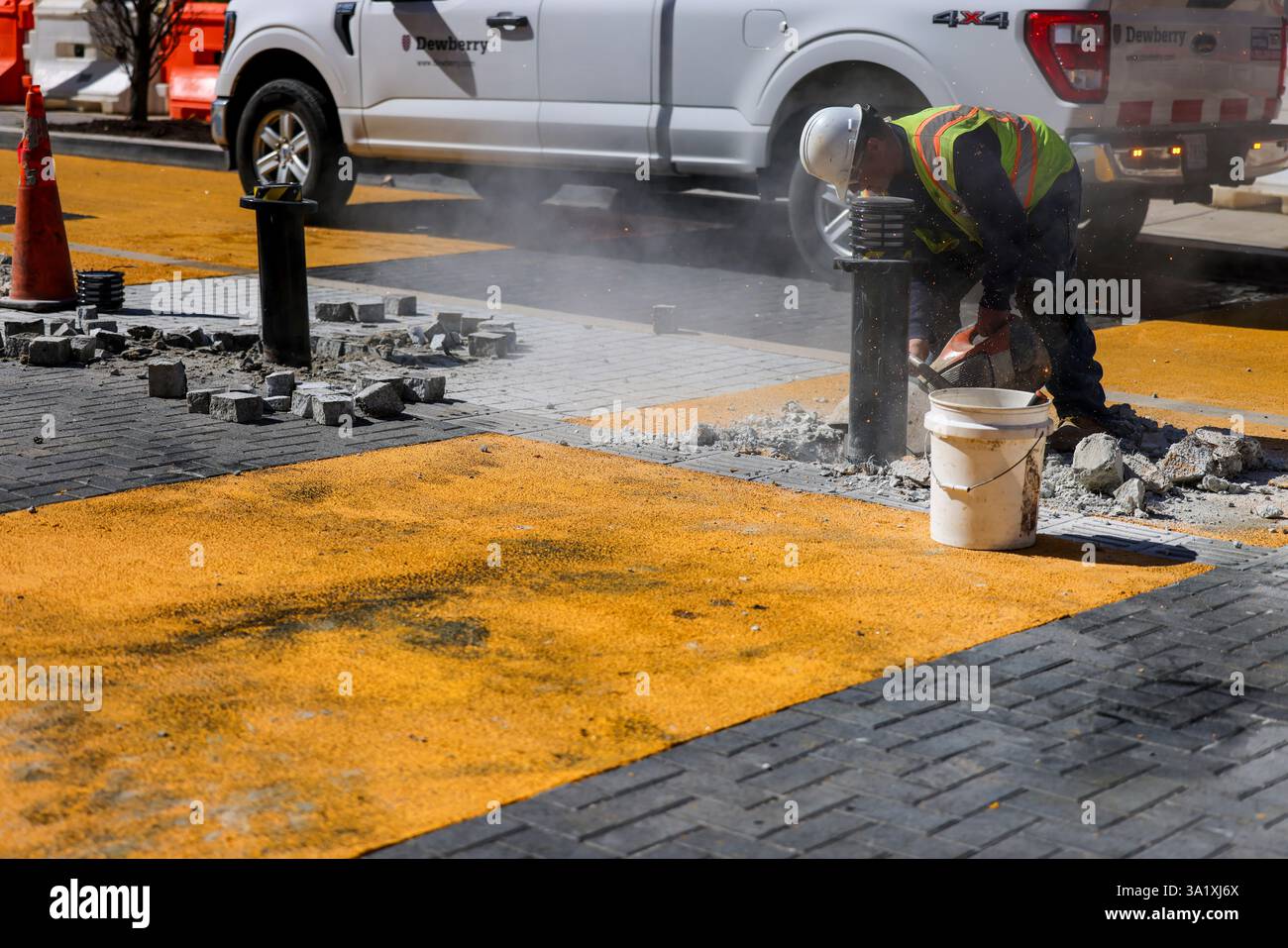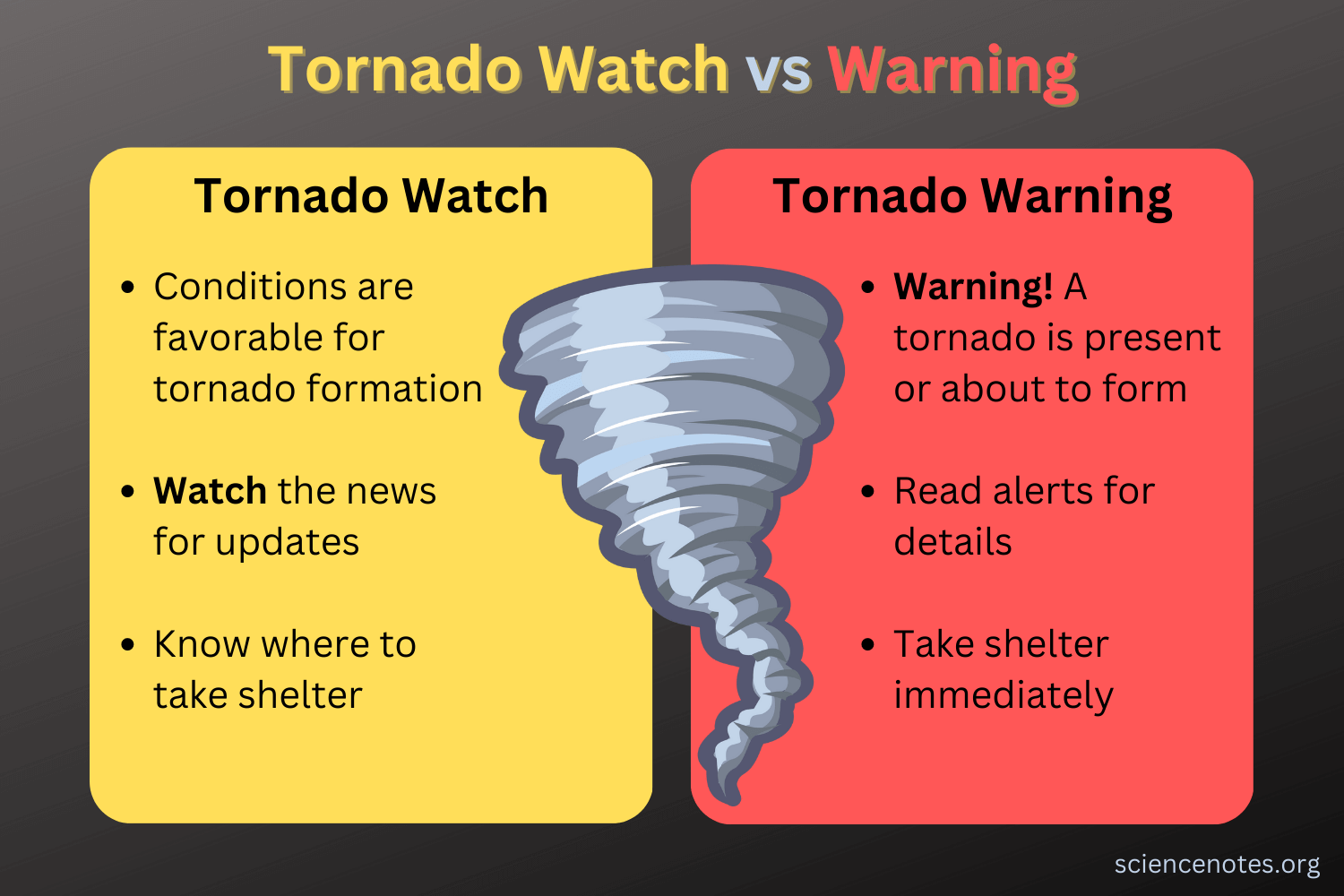From Plaza To Pavement: The Story Of Black Lives Matter Plaza

Table of Contents
The renaming of a section of 16th Street NW in Washington, D.C., to Black Lives Matter Plaza in 2020 became a powerful symbol of the global Black Lives Matter movement. This symbolic gesture, born from the ashes of widespread protests and a cry for racial justice, continues to resonate. This article explores the history, significance, and lasting impact of Black Lives Matter Plaza, examining its creation, the controversies it sparked, and its enduring legacy in the fight for racial equality.
The Rise of the Black Lives Matter Movement and the Call for Change
The summer of 2020 witnessed an unprecedented surge in the Black Lives Matter movement, ignited by the murder of George Floyd. This tragic event, far from being isolated, highlighted the pervasive issue of police brutality and systemic racism against Black individuals in the United States and globally. Years of simmering frustration and documented instances of racial injustice finally erupted into widespread protests, demanding systemic change and an end to police violence.
- Timeline of key events in the BLM movement: From the initial founding in 2013 following the acquittal of George Zimmerman to the 2020 protests, the movement gained significant momentum, fueled by countless instances of police misconduct and racial bias.
- Prominent figures and organizations involved: Leaders like Patrisse Cullors, Alicia Garza, and Opal Tometi, alongside numerous community organizers and activists, played crucial roles in shaping the movement's narrative and strategy.
- Growth of the movement's global reach: The murder of George Floyd transcended geographical boundaries, sparking demonstrations in cities across the world, demonstrating the universality of the fight against racial injustice. The BLM movement became a global call for social justice.
The Renaming of 16th Street: A Symbolic Act of Solidarity
In the heart of Washington D.C., a powerful symbol of solidarity emerged. Mayor Muriel Bowser spearheaded the initiative to rename a section of 16th Street NW, directly in front of the White House, to Black Lives Matter Plaza. This decision, announced on June 5, 2020, was a bold political statement, transforming a physical space into a powerful representation of the movement's demands.
- Date of the official renaming: June 5, 2020, marked a turning point, transforming a street into a potent symbol.
- Description of the ceremony and events surrounding the renaming: The ceremony included speeches, artistic performances, and a palpable sense of community and shared purpose. The event was widely covered by national and international media.
- Public response and media coverage: The renaming generated significant media attention, with diverse reactions ranging from enthusiastic support to strong criticism. The act itself served as a catalyst for further conversations about race and social justice.
The Black Lives Matter Plaza Mural and its Artistic Significance
The renaming of 16th Street wasn't simply a change of name; it was a canvas for powerful artistic expression. A vibrant mural, painted on the street itself, became an integral part of Black Lives Matter Plaza. This artwork served as a visual representation of the movement’s core principles and the experiences of Black individuals.
- Artists involved in the mural's creation: Local and national artists collaborated to create a visually stunning and meaningful piece of public art.
- Description of the mural's imagery and symbolism: The mural incorporated powerful imagery, including portraits of prominent Black figures and symbols representing Black history, culture, and resilience.
- Interpretation of the mural's meaning: The mural's message transcended words, conveying the movement's goals and aspirations through artistic expression. It became a point of pilgrimage and a source of inspiration.
Controversy and Debate Surrounding Black Lives Matter Plaza
The creation of Black Lives Matter Plaza was not without its critics. Some argued that the renaming was a divisive act, fostering political polarization and overshadowing other important social issues. Others questioned the appropriateness of using public funds for such a project. These criticisms highlight the complex and often contentious nature of discussions surrounding race and social justice in the United States.
- Examples of criticisms levelled against the renaming: Arguments included concerns about the cost of the renaming, the potential for alienating those who disagreed with the movement's message, and the overall symbolic nature of the gesture.
- Arguments for and against the plaza's symbolic value: Proponents emphasized the importance of acknowledging the movement's impact and providing a physical space for reflection and remembrance. Opponents argued that the symbolic gesture was insufficient to address the underlying systemic issues.
- Analysis of the broader societal discussions sparked by the plaza: The plaza’s existence sparked wider conversations about the role of public art in expressing political viewpoints and the ongoing debate surrounding the Black Lives Matter movement itself.
The Enduring Legacy of Black Lives Matter Plaza
Black Lives Matter Plaza stands as a lasting testament to the power of collective action and the ongoing fight for racial justice. While controversies surrounded its creation, its impact extends far beyond a simple street renaming. The plaza continues to serve as a symbol of hope, resilience, and the persistent struggle for equality.
- Examples of continued activism inspired by the plaza: The plaza has become a location for continued protests, rallies, and community events, highlighting its role as a space for ongoing activism.
- The plaza's significance as a tourist attraction and a site of historical importance: Black Lives Matter Plaza has attracted visitors from around the world, transforming it into a significant historical site and a destination for those seeking to learn more about the movement.
- Its role in shaping ongoing conversations about racial justice: The plaza serves as a constant reminder of the ongoing need for systemic change and encourages conversations about racial inequality.
Conclusion:
Black Lives Matter Plaza serves as a potent symbol of the Black Lives Matter movement's impact, representing a pivotal moment in the ongoing fight for racial justice and equality. From its controversial creation to its lasting significance, the plaza continues to inspire dialogue and action. Learn more about the history and continuing legacy of Black Lives Matter Plaza and get involved in supporting organizations working towards racial justice and equality. Explore the rich history of the Black Lives Matter movement and discover how you can contribute to building a more equitable future.

Featured Posts
-
 Paris Roubaix Bottle Throwing Incident Spectator Surrenders To Police
May 26, 2025
Paris Roubaix Bottle Throwing Incident Spectator Surrenders To Police
May 26, 2025 -
 The Impact Of A Potential Canada Post Strike On Customer Behaviour
May 26, 2025
The Impact Of A Potential Canada Post Strike On Customer Behaviour
May 26, 2025 -
 Flood Warning Your Action Plan For Safety Nws
May 26, 2025
Flood Warning Your Action Plan For Safety Nws
May 26, 2025 -
 Sirkuit Silverstone Jadwal Moto Gp Inggris Klasemen Pembalap And Analisis Marquez
May 26, 2025
Sirkuit Silverstone Jadwal Moto Gp Inggris Klasemen Pembalap And Analisis Marquez
May 26, 2025 -
 Jadwal Moto Gp Argentina 2025 Trans7 Jangan Lewatkan Aksi Para Pembalap
May 26, 2025
Jadwal Moto Gp Argentina 2025 Trans7 Jangan Lewatkan Aksi Para Pembalap
May 26, 2025
